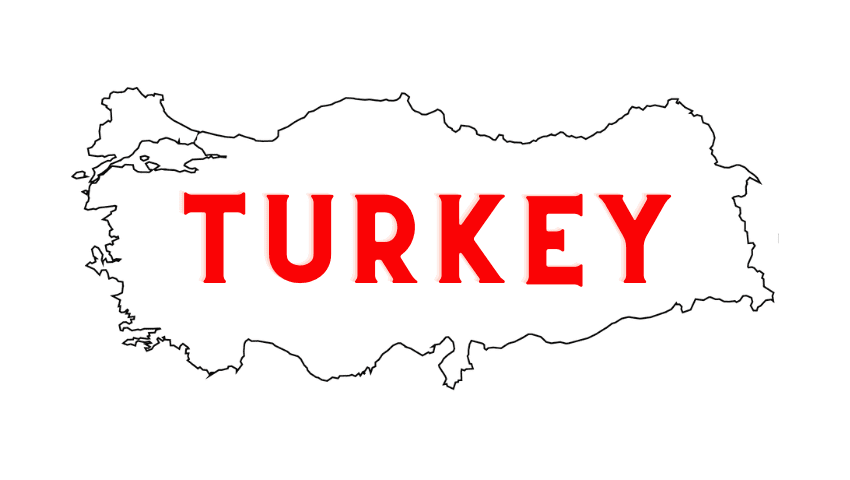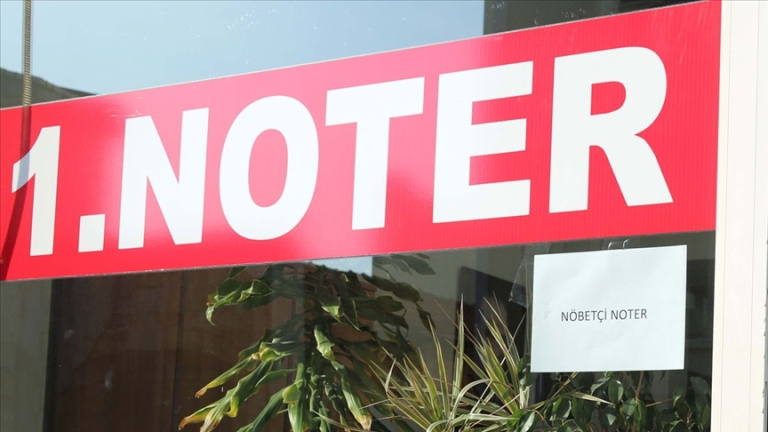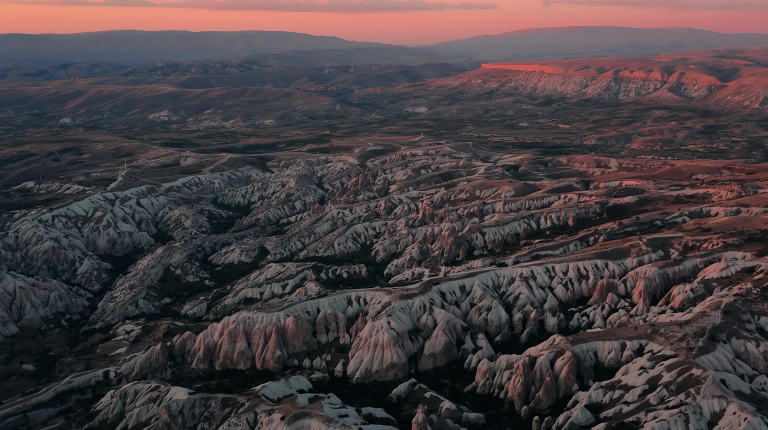Turkey Land Borders: The 2026 Entry & Exit Guide for Drivers
Table of Contents
Forget boring geography lessons. When we talk about Turkey’s land borders, we are talking about the critical lifelines connecting Europe and Asia.
Whether you are planning an epic road trip, moving your life here as an expat, or just trying to understand the logistics of this massive country: the reality at the border is often very different from what Google Maps tells you. The landscape has shifted in 2025—from new regulations in the south to modernized processing facilities in the west.

The Bridge Concept: More Than Just Neighbors
Turkey isn’t just surrounded by water. While it boasts a massive 8,333-kilometer coastline, its land connections are what make it strategically intense. Turkey shares a land border totaling about 2,949 kilometers with 8 different countries.
Why does this matter to you? Because every single one of these neighbors offers a completely different entry experience. Crossing from Bulgaria feels like a standard EU external border check, while driving toward Iraq or Syria requires a completely different level of preparation and risk assessment.
The West: The Gateway to Europe (Greece & Bulgaria)
For most travelers driving from the UK or Europe, this is your first contact with Turkey. This is where the heavy traffic flows.
Bulgaria: The Main Artery
This is home to the infamous Kapıkule (on the Bulgarian side: Kapitan Andreevo). It is one of the busiest land border crossings in the world.
- Insider Tip: Avoid Kapıkule at all costs during the summer months (July/August) and during major Turkish holidays. The wait times here can be brutalsometimes 12+ hoursas millions of Turks living abroad drive home for the summer. Instead, use the smaller Hamzabeyli crossing (near Lesovo) or Dereköy (a scenic route through the mountains, but be warned: the roads are winding and narrow).
You need to be strategic about your arrival time. To avoid getting stuck in a gridlock, check our guide to Turkey Public Holidays 2026 before you depart.
Greece: The Bridge Over the Meriç
The main crossing is İpsala (on the Greek side: Kipi). It is generally more relaxed than Kapıkule, but patience is still required during peak season. A second, smaller alternative is Pazarkule (near Kastanies), which is located directly next to the city of Edirne.
The East: Adventure and Trade Routes
Here, the landscape gets rugged, and the border gates are portals to entirely different worlds.
Georgia: The Black Sea Route
The Sarp crossing (near Batumi) is legendary, but not always in a good way. Located right on the Black Sea coast, it handles an insane volume of pedestrian and truck traffic. If you want a quieter, albeit more remote entry point, consider the Türkgözü crossing high in the mountains near Ardahan.
Armenia & Azerbaijan: Politics in Action
- Armenia: The borders (Alican and Akyaka) have historically been closed. Status as of late 2025: There are intense diplomatic talks about opening them, specifically for third country nationals. However, do not plan your route around this without verifying the absolute latest news.
- Azerbaijan (Nakhchivan): Here lies the Dilucu crossing. It connects Turkey to the Nakhchivan exclave via the “Bridge of Hope” over the Aras River. This crossing is open and has been modernized.
Iran: The Silk Road
The most important crossing is Gürbulak. It is the gateway for massive truck traffic heading into Central Asia. It is open for tourists, but expect thorough searches and a slower pace.
The South: New Developments in 2025 (Syria & Iraq)
For a long time, these borders were essentially no go zones for tourists. However, 2025 saw some movement.
Syria: In August 2025, Turkey announced plans to reopen certain border crossings for passport based traffic (including third country nationals) as part of a normalization process. This is a rapidly evolving situation. Never travel here without checking current government security warnings and seeking professional advice.
Iraq: The Habur crossing is the economic lifeline into the Kurdistan Region of Iraq. It is high traffic and primarily designed for trade logistics.
The Reality Checklist for Drivers (2026 Edition)
Forget the generic travel advice. Here is what will actually get you turned around at the border:
- Passport Validity: Your passport must be valid for at least 150 days (roughly 5 months) from the date of entry. There are no exceptions to this rule.
- Vehicle Documents: The vehicle registration must be in your name. If the car belongs to a company, a leasing agency, or a friend, you strictly need a notarized power of attorney (ideally with a Turkish translation). If you need help with this process, check our guide to Notary Public procedures in Turkey.
- Green Card Insurance: Check your physical Green Card document. Ensure the country code “TR” (Turkey) is NOT crossed out. If it is, or if you don’t have one, you will be forced to buy expensive, short-term Turkish border insurance on the spot.
- The “185-Day Rule”: This is the one that catches most expats. To bring a foreign plated car into Turkey temporarily, you (the driver) must have spent at least 185 days outside of Turkey in the last 365 days. If you have been living in Turkey, you cannot just drive a foreign car in.
A Note for Tech Lovers: If you are bringing in expensive electronics, like the new iPhone 16, keep in mind that foreign phones will be blocked from the Turkish network after 120 days unless you pay a hefty registration fee.
The Verdict
Turkey’s land borders are more than just lines on a mapthey are an experience in themselves. While crossing via Bulgaria or Greece has become fairly routine, the eastern and southern frontiers demand serious preparation. With the right paperwork (especially that Green Card) and a bit of patience, nothing stands in the way of your adventure. Once you’re through customs, you can focus on the good stuff: enjoying the country, perhaps starting with a pitstop at Migros to stock up on road trip snacks.





